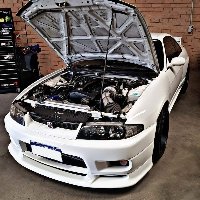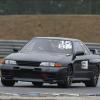Diy: Change Your Own Brake Pads (front And Rear)
Announcements
-
Similar Content
-
Latest Posts
-
Also, have you confirmed the harmonic balancers timing mark is correct? Put it to TDC and then check the cylinder is actually at TDC. The balancer looks old as, and may have started to let go. How old are the plugs in it? What spark plugs are in it, and what gap are they at?
-
Make up a wire you can energize the starter solenoid from when in the engine bay. Then energize it with the key in the "On" position, and use your timing light.
-
If the fork is preloaded, that's your cause. Now find out what adjustment you need to make to allow the fork to release.







Recommended Posts
Create an account or sign in to comment
You need to be a member in order to leave a comment
Create an account
Sign up for a new account in our community. It's easy!
Register a new accountSign in
Already have an account? Sign in here.
Sign In Now